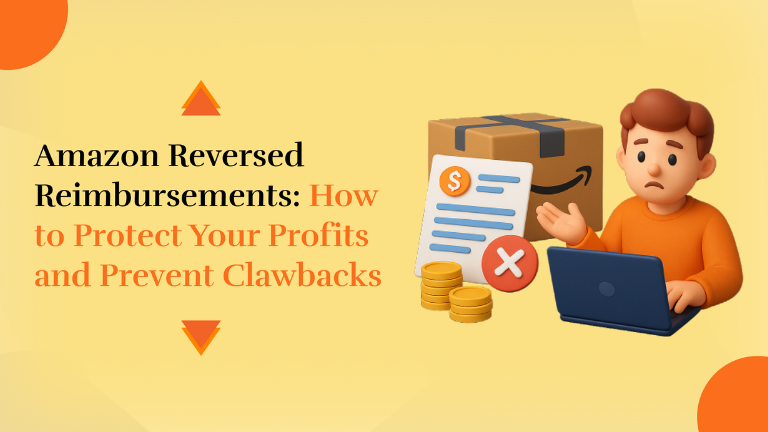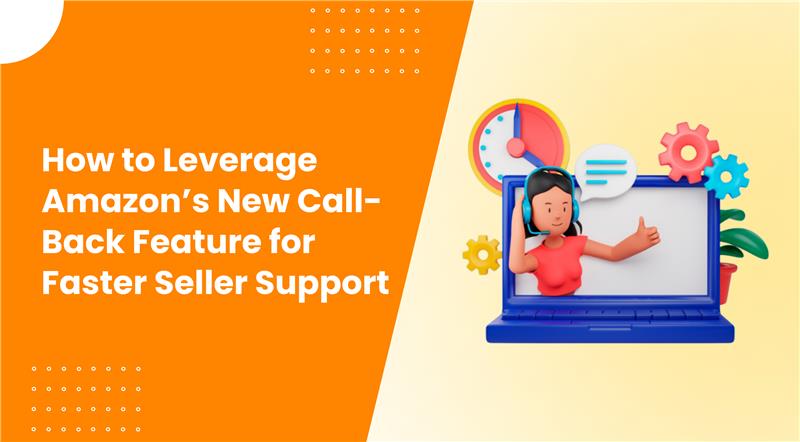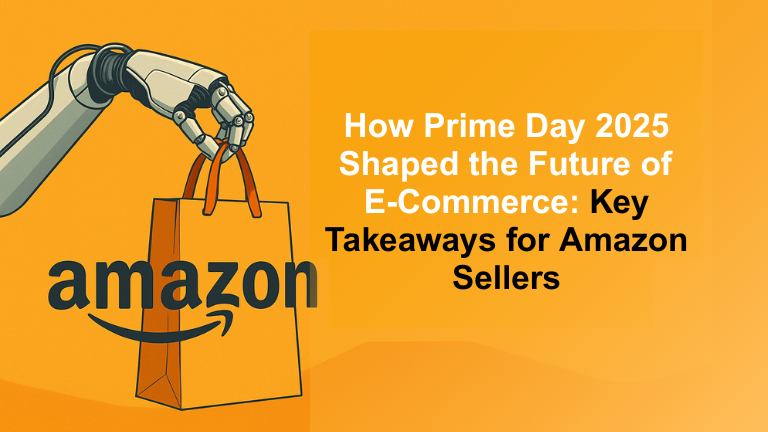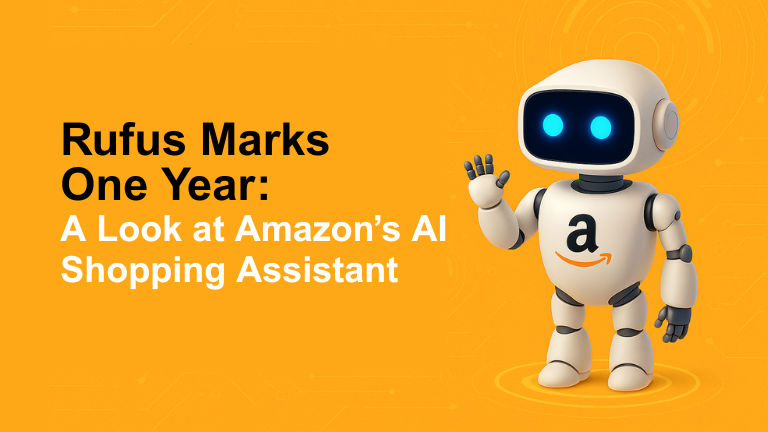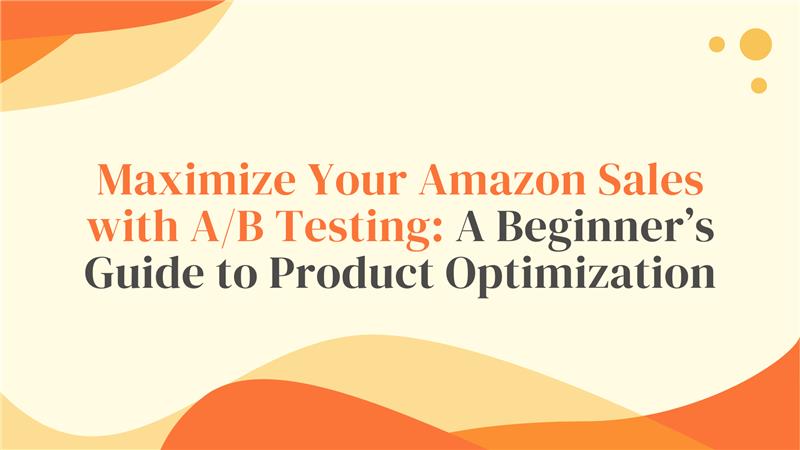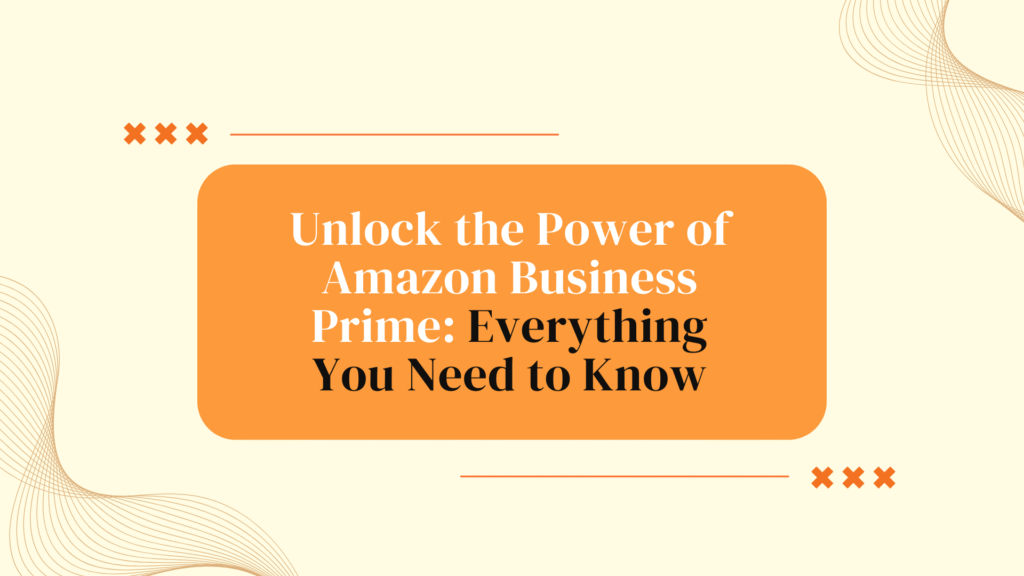How to Leverage Amazon Vine for a Successful Product Launch
As an Amazon seller, getting those first few reviews can be one of the most challenging—and critical—parts of your product launch. But now, Amazon has introduced a game-changing feature for FBA sellers: Vine reviews before your product even hits the market! What is Amazon Vine and Why Does it Matter? Amazon Vine is a review program that allows sellers to send free product samples to Amazon’s trusted Vine Voices in exchange for honest reviews. But with the new update, you can enroll your product in Vine before your FBA inventory even arrives! This gives you the ability to collect reviews before your product officially launches, providing critical social proof from real customers. Key Benefits of Using Amazon Vine Before Launch Early Feedback: With Vine reviews coming in before your product is even available to the public, you’ll have the opportunity to make any last-minute tweaks to your product, packaging, or listing. Boost Your SEO: Vine reviews are filled with real customer language, which you can use to improve your product listings and drive more traffic to your page. Launch with Confidence: Starting your launch with up to 30 authentic reviews gives you a solid foundation, making your product more attractive to potential customers from day one. How to Get Started with Amazon Vine Reviews Enroll Early: You can now enroll in Vine as soon as you create your FBA listing, even before your inventory arrives at the fulfillment center. Choose Your Product: Make sure your product is eligible and has fewer than 30 reviews to be part of Vine. Start Collecting Reviews: Once enrolled, Vine Voices will receive your product and leave detailed, honest feedback. Why This Is a Game-Changer for Sellers Amazon’s Vine review program provides sellers with a powerful tool to kickstart their product launch. Gone are the days of hoping for early reviews or struggling to gain traction. With real customer feedback right from the beginning, you can fine-tune your offering, improve your listing, and attract more customers. By leveraging Vine reviews, you can ensure a smoother, faster, and more successful product launch on Amazon. Amazon’s new Vine feature is a huge step forward for sellers looking to launch with confidence. With Vine reviews in place before your product even arrives, you’re no longer relying on hope and guesswork. Start using Vine today, and set your product up for success from the very first day. Contact us today for a consultation Follow BIE on Instagram & Linkedin to stay updated with the trends.
How to Leverage Amazon Vine for a Successful Product Launch Read More »



